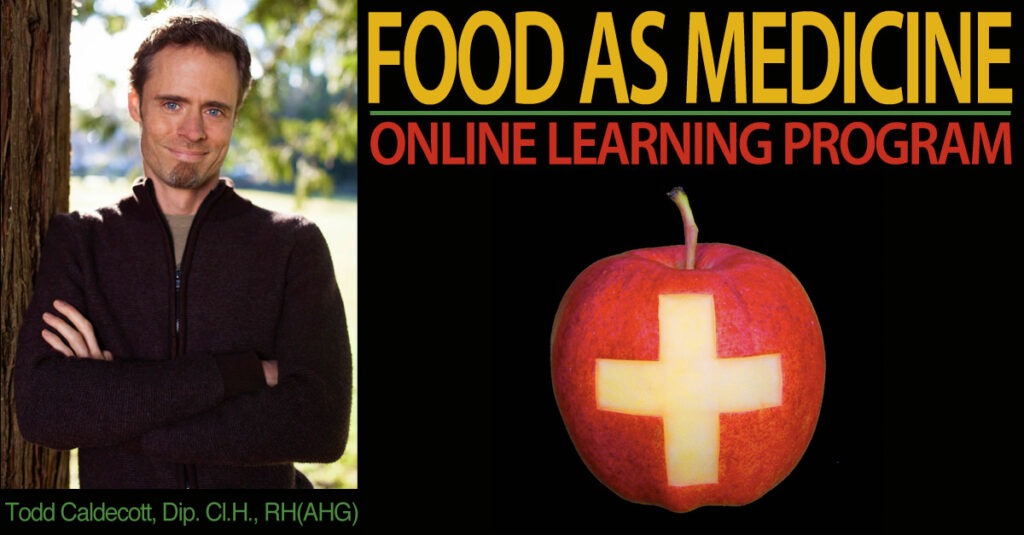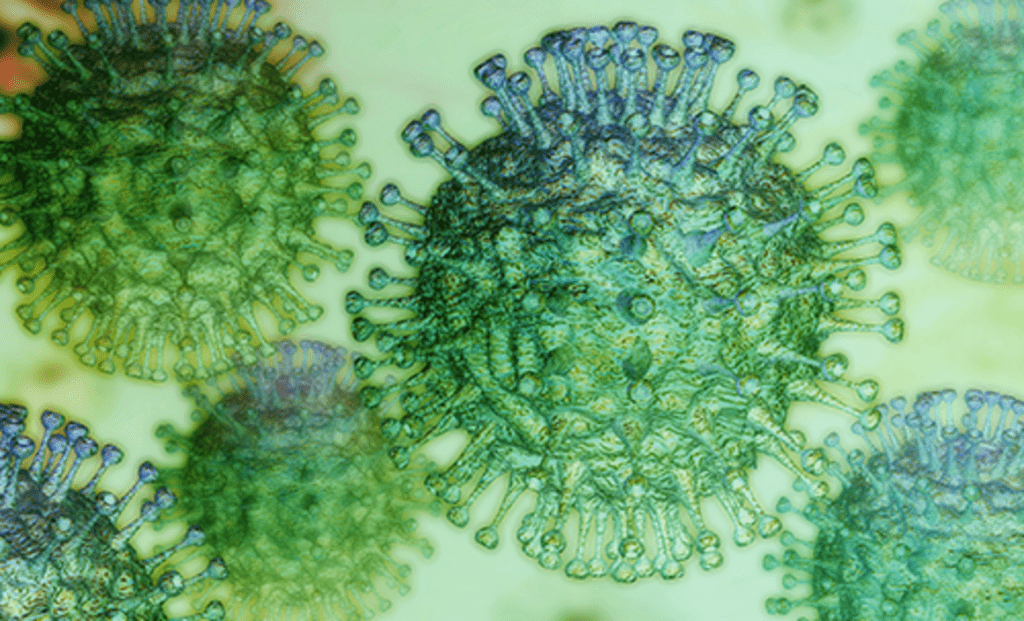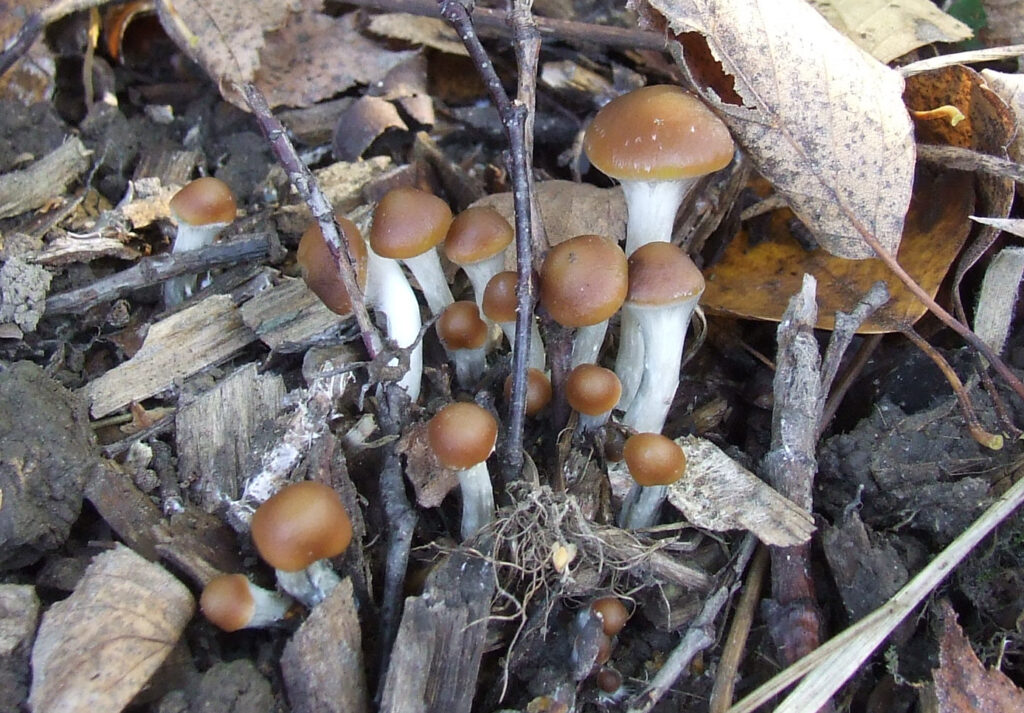What can I do for my anxiety?

When I encounter an anxious patient, the first thing I do is see if there are any clear causes for the anxiety. Although undesirable, anxiety is a normal response to any kind of stressor that makes us feel insecure, such as losing a job, ending a relationship, or making difficult decisions. If the cause of anxiety can be ascertained, measures should be taken to address them, although life circumstances don’t always make this directly possible. The important thing is to make sure that your current environment is safe and secure, and that you are practicing a way of living and being that creates stability and support. Often this means slowing down, learning how to breathe properly, and developing a capacity to simply watch our feelings without necessarily becoming engaged with them. For this I have found mindfulness meditation, called ‘vipassanā’ in the ancient language of the Buddha, to be an excellent way to develop the ‘witness’ consciousness that allows us to passively observe and name our feelings, instead of being unconsciously impelled by them. According to the late S.N. Goenka, a Burmese meditation teacher that spearheaded the global Vipassanā movement during the 20th century, the root of anxiety stems from ignorance:
“We react because we do not know what we are doing, because we do not know the reality of ourselves. The mind spends most of the time lost in fantasies and illusions, reliving pleasant or unpleasant experiences and anticipating the future with eagerness or fear. While lost in such cravings or aversions, we are unaware of what is happening now, what we are doing now. Yet surely this moment, now, is the most important for us. We cannot live in the past; it is gone. Nor can we live in the future; it is forever beyond our grasp. We can live only in the present. If we are unaware of our present actions, we are condemned to repeating the mistakes of the past and can never succeed in attaining our dreams for the future. But if we can develop the ability to be aware of the present moment, we can use the past as a guide for ordering our actions in the future, so that we may attain our goal.”
In 1990 I spent some time with the Venerable Nyanaponika Thera at his hermitage in Sri Lanka: a Westerner that embraced Buddhism, and another notable exponent of vipassanā practice. He wrote an excellent booklet called The Power of Mindfulness (PDF) that you can download and read for free. For those looking for mindfulness training, I highly recommend the Vipassanā website for a listing of courses in your area.

In essence, anxiety is tied to our vital energy. When we maintain the richness of inner resources, and engage in practices that enhance vitality, such as getting quality sleep, eating good food, and ensuring regular exercise, we automatically reduce the factors that promote anxiety. If despite these measures you find yourself experiencing anxiety, however, it might be helpful to realize that anxiety is really just a form of creative energy. The same energy that allows you to obsess and focus on tiny details, imagining and worrying about various scenarios, anticipating problems is really just the creative faculty, but moving in backwards and unproductive direction.
In the classical system of healing from India, called Āyurveda, anxiety is linked to the excessive influence of vāta doṣa, which governs the function and activity of the nervous system. In health, the proper flow of vāta is downwards from the top of the head (as prāṇa), circulating through the body and then down towards the earth (as apāna). Metaphysically, this dynamic relates to our ability to contain our thoughts and intent within a creative form, and then bring this form downward into the world of manifestation. In contrast, anxiety works in just the opposite fashion. The creative energy that wants to descend down into manifestation is blocked. The gut becomes clenched and tight, and instead of going down and out of the body, this vāta energy is repelled upwards, rising up to the heart and lungs to create a feeling of suffocation and restlessness. Common physical problems that relate to this dynamic include bowel problems like constipation, breathing issues such as asthma, and heart palpitations. People who think too much often fit into this category, but on some level, everyone who suffers from anxiety in some way also suffers from blocked creativity.
As a remedy, and as a form of prevention, I recommend that my anxious patients engage in some kind of creative release everyday, such as dancing, singing, painting, drawing or journalling. The most important consideration is that this be a release in the truest sense of the word, free of self-judgment, in much the same way that a child finger-paints or plays with clay. Joyful, creative, playful activity is the key to unlocking this blocked energy. Deliberately choose activities that you aren’t necessarily good at, and certainly not the things you do professionally. For example, if you are a musician, try something like pottery or dancing, or try an instrument you have no real skill at – just for fun! But just practising scales or committing musical pieces to memory is not the same.
Frequently, I suggest to my patients that they purchase an unlined sketch book, and use it to jot down random thoughts and doodles – anything that might represent an expression of their mental and emotional state. Simply putting your thoughts and feelings onto paper does a lot to diminish the anxiety, and it is an easy thing you can do whenever you have a few minutes. Another helpful measure to address this accumulation of unexpressed energy is Laughter Yoga. Whatever you method or methods you chose, give yourself at least 20-30 minutes a day for creative expression. The key word here is “play”. How long has it been?

Diet plays a huge role in anxiety too, particularly as a mental response to a physiological dip in blood sugar. To prevent this, I recommend a fat and protein-rich breakfast to stabilize blood sugars and reduce vāta, along with a strict avoidance of refined carbohydrates including sugar, sweets, flour products (e.g. bread, pasta), and sweet fruits. In Āyurveda, this type of diet reduces vāta doṣa, and helps to create neurological stability. One patient I had suffered from anxiety for 18 years, and had tried all manner of therapies, including drug treatment and counseling, to no avail. However, after four days of eating a fat-rich, low-carb breakfast, the anxiety literally melted away. Try finding that recommendation in the DSM-5! To maintain energy and focus, snacks throughout the day should also be focused on fats and proteins, including foods such as almonds, smoked wild salmon, avocado, and goat feta. Later in the day, when you are winding down, you can introduce more carbohydrate foods, such as whole grain cereals and root vegetables into your diet, although it is still wise to avoid very sweet or sugary foods.
Another aggravating issue for anxiety are food allergies, which commonly involve immunogenic proteins such as gluten, found in wheat, rye, spelt, kamut, and barley. Anxiety and other neurological issues have been a well-established feature of celiac disease for over 40 years. A review of the data suggests that up to 22% of patients with celiac disease develop neurologic or psychiatric dysfunction, and as many as 57% of people with unidentified neurological issues test positive for anti-gliadin antibodies. But there are also a large number of people that exhibit celiac-like symptoms when exposed to wheat, without expressing a specific sensitivity to gluten. Provisionally called ‘non-celiac gluten sensitivity’ (NCGS), the clinical picture is very similar to celiac disease, with patients complaining gastrointestinal problems, as well as neurological manifestations that include anxiety, brain fog, and depression. One of the consequences of gluten consumption, as well as other cereals and legumes that contain constituents such as lectins that similarly damage the gut wall, is that they diminish the absorption of key nutrients that can promote anxiety. At the same time, these foods contain chelating factors such as phytic acid, that binds to nutrients and prevents their absorption. Thus, anxious people eating gluten and other cereals will often demonstrate deficiencies of key vitamins such as niacin and vitamin D3, as well as minerals such as magnesium and iron – all of which play a role in anxiety.

While lifestyle and dietary issues are key in the resolution of anxiety, I make use of certain medicinal herbs to address this issue, include those that enhance vitality, relax the nervous system, and elevate mood. While there are a huge number of potential herbs for anxiety, over the years I have whittled the number down to a manageable level, and most frequently use some of them in my Mind formula, which contains equal parts Reishi, Brahmi, Ashwagandha, Hawthorn and Lemon balm.
Reishi (Ganoderma lucidum) is a medicinal fungus that is incredibly useful in the treatment of anxiety, helping to slow down the mind and alleviate a sense of constriction in the chest. In its wild habitat, the Reishi conk that is harvested as medicine is only the fruit of a vast mycelial network that often extends throughout the forest. In this way, Reishi is a connection to the web of life, reminding us of our place within it.
Brahmi (Bacopa monnieri) is another useful herb for anxiety, it’s name literally referring to a capacity to awaken consciousness to new levels. Traditionally used in Āyurveda as a medhya rasāyana or ‘mental restorative’, clinical trials with Brahmi have shown that it can be helpful to overcome learning difficulties, enhance memory and boost concentration. It also has a mild sedative effect, making it useful as a sleep aid.
Somewhat similar to Brahmi is Ashwagandha (Withania somnifera), traditionally used to balance vāta in Āyurveda, used to boost the vital energy that keeps the mind and body connected and grounded. Ashwagandha exerts its influence in part by activating GABA, the brain’s primary inhibitory neurotransmitter, promoting a state of rest and relaxation.
Hawthorn (Crataegus monogyna) is a European herb traditionally used for heart problems, but as the heart is the seat of the mind and emotions, it also helps to restore the ‘broken heart’ that can underlie anxiety, helping to re-build damaged connections and fortify the heart.
The last herb in this formula is Lemon balm (Melissa officinalis), another European herb that is traditionally used to calm and relax the nervous system. Lemon balm is particular is helpful in agitation and restlessness, and is used by well-informed mothers as a gentle tea to soothe frayed nerves after a busy day.
Overall, I use this formula in my clinic not only for anxiety, but also for depression and behavioural disorders such as ADD/ADHD. While this formula doesn’t have immediate effects, when taken regularly it promotes a pleasant state of relaxation and calm, helping to slow the mental wheels that propels the anxiety.

There are other measures, too, that can be taken to resolve anxiety. As it relates fundamentally to the problem of our existential existence, in which pain and suffering is the commonality of the human experience, powerful medicinal herbs that facilitate a state of transpersonalization, allowing us to shed the limitations of the temporal ego, can be very helpful in resolving anxiety. Recently, I related the experience I had with my dying mother, who experienced a profound level of anxiety for most of her life. A one-time treatment with psilocybin mushrooms completely obviated the worst of her anxiety, and even despite the difficulty of her predicament, gave her a lasting presence of peace and calm. In this same way, other entheogenic botanicals such as the mixture Ayahuasca (Psychotria viridis + Banisteriopsis caapi) and Iboga (Tabernanthe iboga) allow us to transcend the ego boundaries that keep us trapped in a conditioned state of anxiety and suffering.
If you are interested in using such herbs, however, make sure that you find someone experienced and reputable to assist you in this process. Taken improperly without the proper preparation and guidance, the profound and sometimes confusing states these substances facilitate may actually make anxiety worse.








